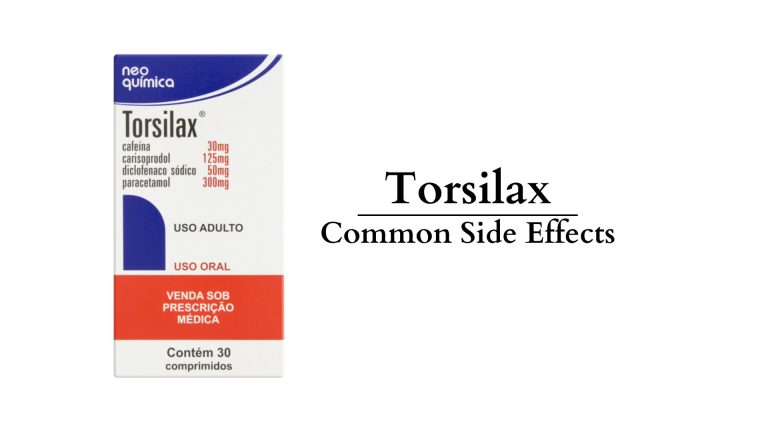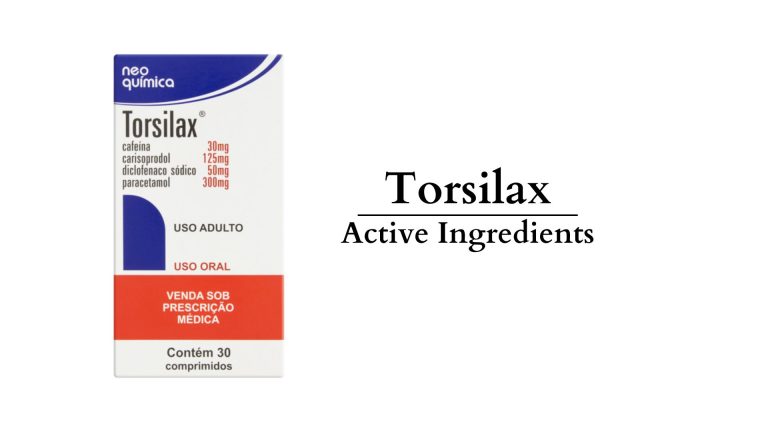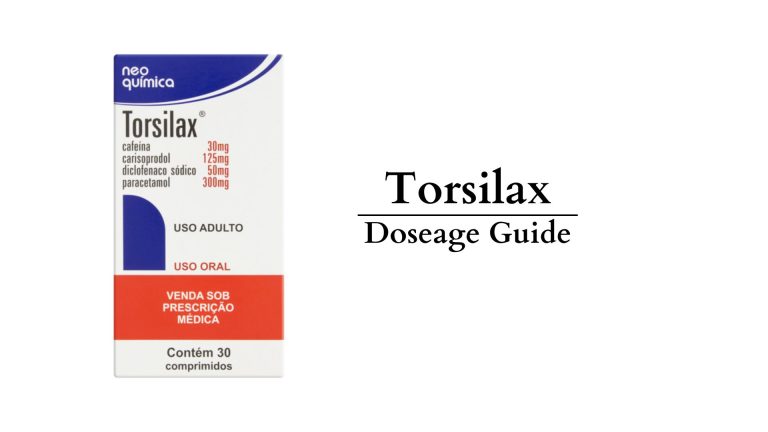Dafloxen | Uses, Side Effects, Interactions, Dosage & More
As medications continue to play a critical role in managing health conditions, understanding their comprehensive profile is crucial for both healthcare professionals and patients. Dafloxen, a prominent name amongst anti-inflammatory medications market, serves as an excellent case study for such an exploration, including the review of effects of nonsteroidal anti-inflammatory drugs. This article aims to demystify Dafloxen, covering its uses, dosage recommendations, possible side effects, and its interactions with other substances. Additionally, we will contrast Dafloxen with its generic counterpart, naproxen, to provide a clearer picture of its utility in the medical field. Also know about K56 Pill.

What Are the Primary Uses of Dafloxen?
Dafloxen is classified as a nonsteroidal anti-inflammatory drug (NSAID), distinguishing it as a potent pain reliever and anti-inflammatory agent. Its primary utility lies in mitigating discomfort associated with various conditions, ranging from minor aches to more severe inflammations. The drug works by inhibiting enzymes involved in the inflammation process, thereby offering relief from the signs and symptoms of discomfort.
Conditions Treated with Dafloxen and Dafloxen F
Dafloxen and its formulations, including Dafloxen F, are used to treat a spectrum of conditions. These encompass menstrual cramps, arthritis-related pain, and other inflammatory disorders, which may benefit from the use of naproxen or a Naprosyn tablet. By directly targeting the inflammation pathway, dafloxen effectively reduces the severity of the conditions it is prescribed for, making it a versatile option in pain management strategies.
Understanding How Dafloxen Works in the Body
The mechanism by which Dafloxen engenders its effects is foundational to its efficacy. As a non-steroidal anti-inflammatory drug, it acts as an inhibitor to specific bodily enzymes responsible for producing inflammatory signals. This inhibition results in a decrease in inflammation and, consequently, a reduction in pain and swelling. Understanding this mechanism is vital for healthcare providers when prescribing Dafloxen, enabling them to anticipate its impacts on the body.
How to Safely Determine the Dosage of Dafloxen 500mg?
For adults initiating treatment with Dafloxen, the standard dosage often prescribed is 500mg. This dosage serves as a starting point, from which adjustments may be made based on the patient’s response to the treatment. It is crucial for patients to use the lowest effective dose for the shortest duration necessary to manage symptoms, to minimize the risk of adverse effects that may occur with the use of naproxen.
Adjusting Dafloxen Dosage for Specific Health Conditions
Adjustments to the standard dosage of Dafloxen 500mg may be necessary for individuals with specific health conditions such as liver disease or kidney disease, supporting the use of Daflox 500mg tablet in patients with these conditions. Since Dafloxen is metabolized by the liver and excreted by the kidneys, these conditions can influence the drug’s efficacy and safety profile. Tailoring the dose of naproxen is essential for ensuring optimal outcomes while mitigating potential risks.
Importance of Consulting with a Healthcare Professional for Dosage
Given the variability in individual health states and the importance of precise dosing, consulting with a healthcare professional before adjusting or initiating Dafloxen use is paramount, including the use of Daflox 500mg tablet. This ensures that the prescribed dosage aligns with the patient’s specific health needs and conditions, thereby enhancing the safety and effectiveness of the medication.
Exploring the Side Effects of Dafloxen and Naproxen Sodium
While Dafloxen is an effective pain reliever, it may lead to some adverse effects. Common side effects may include gastrointestinal discomfort, dizziness, and headaches. These symptoms often diminish as the body adjusts to the medication, but if they persist, consulting a healthcare provider is advised.
Potential Serious Side Effects and Risks of Long-term Use
Long-term use of Dafloxen or naproxen sodium increases the risk of serious gastrointestinal bleeding, heart failure, and other cardiovascular problems. The risk of bleeding, particularly in the stomach or intestines, amplifies with extended use of NSAIDs. Additionally, using Dafloxen in patients with pre-existing heart or liver disease may exacerbate these conditions. Awareness and monitoring of these risks are crucial for anyone considering long-term NSAID therapy.
Managing Side Effects and When to Seek Medical Help
In the event of adverse effects, discontinuing Dafloxen and seeking medical advice promptly is advisable. For severe reactions, such as difficulty breathing or signs of an allergic reaction, immediate medical attention is necessary, as these may occur with the use of naproxen. Managing side effects, which may occur with the effects of nonsteroidal anti-inflammatory drugs, involves a collaborative effort between the patient and healthcare provider, aiming to ensure that benefits of treatment outweigh any potential risks.
Interactions to Consider When Taking Dafloxen
Dafloxen, like many drugs, may interact with other medications, potentially altering its effectiveness or increasing the risk of adverse effects, highlighting the importance of consulting a medication guide. Drug interactions with dafloxen can lead to increased risk of gastrointestinal bleeding or affect how the body processes the drug. It is essential to disclose all current medications to a healthcare provider to avoid such negative interactions.
How Certain Foods, Beverages, or Activities May Affect Dafloxen’s Efficacy?
Alongside drug interactions, certain foods, beverages, and activities may influence Dafloxen’s efficacy. For instance, alcohol may increase the risk of gastrointestinal bleeding, while certain dietary supplements can alter Dafloxen’s metabolism. Patients should discuss their lifestyle habits and dietary intake with their healthcare provider to ensure optimal medication efficacy.
Tips for Avoiding Adverse Interactions with Dafloxen
To minimize the risk of adverse interactions with Dafloxen, patients are advised to maintain open communication with their healthcare provider, promptly report any unusual symptoms, and adhere strictly to prescribed instructions. This proactive approach facilitates the identification of potential interactions early and the implementation of necessary adjustments to the treatment plan.
Understanding the Brand Name and Generic Options: Dafloxen vs. Naproxen
When considering Dafloxen and its generic counterpart, naproxen, both options share similar efficacy and safety profiles, as they contain the same active ingredient. The choice between the brand name and generic often comes down to cost considerations and personal preference. However, some patients may respond differently to generic options due to variations in inactive ingredients, which may influence the use of naproxen or a Naprosyn tablet.
Cost Considerations: When to Choose Brand Name Over Generic?
Cost plays a significant role in deciding between Dafloxen and generic naproxen. While generics are typically more affordable, the brand-name Dafloxen may be preferred for its consistently recognized formulation. Patients are encouraged to consider both efficacy and cost-effectiveness when making this choice.
Navigating Insurance Coverage for Dafloxen and Naproxen Sodium
Insurance coverage varies widely and can significantly influence the decision-making process regarding whether to opt for Dafloxen or generic naproxen. It’s beneficial for patients to consult with their insurance provider to understand coverage specifics, which may ultimately guide the selection of an appropriate and cost-effective treatment option.
FAQs
Daflox is used for the treatment of pain and inflammation, including conditions like nasal polyps and renal impairment.
The use of daflox may lead to undesirable effects such as fluid retention, hypersensitivity reactions, and gastrointestinal issues.
The usual dose of daflox is 250mg to 500mg, taken every 12 hours. It is important to talk to your doctor before starting or changing the dosage.
It is not recommended to take daflox if you have aspirin-sensitive asthma or if you are taking aspirin or other NSAIDs, as it may trigger asthma symptoms.
Daflox may interact with low-dose aspirin, angiotensin receptor blockers, and other NSAIDs. It is important to inform your doctor about all the medications you are taking.
If you miss a dose of daflox, take it as soon as you remember. However, if it is almost time for your next dose, skip the missed dose and continue with your regular dosing schedule.
The course of treatment with daflox will depend on your condition. It is important to follow your doctor’s recommendations regarding the duration of treatment.






